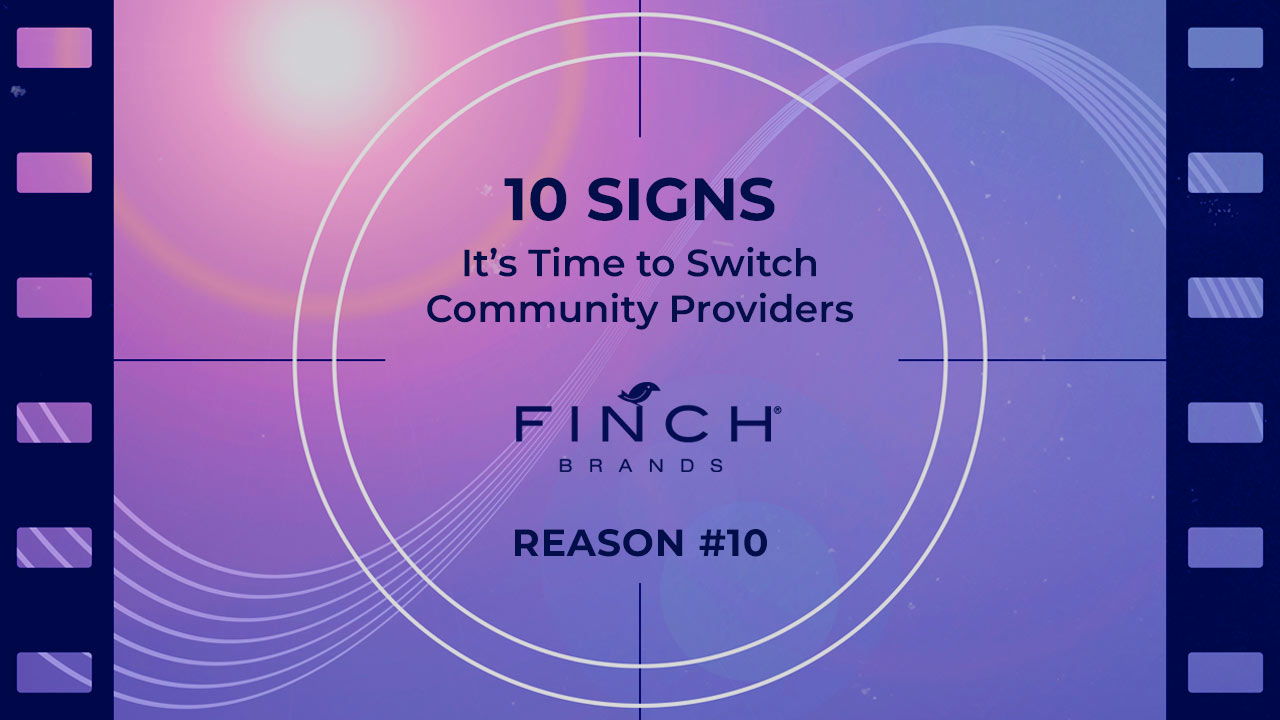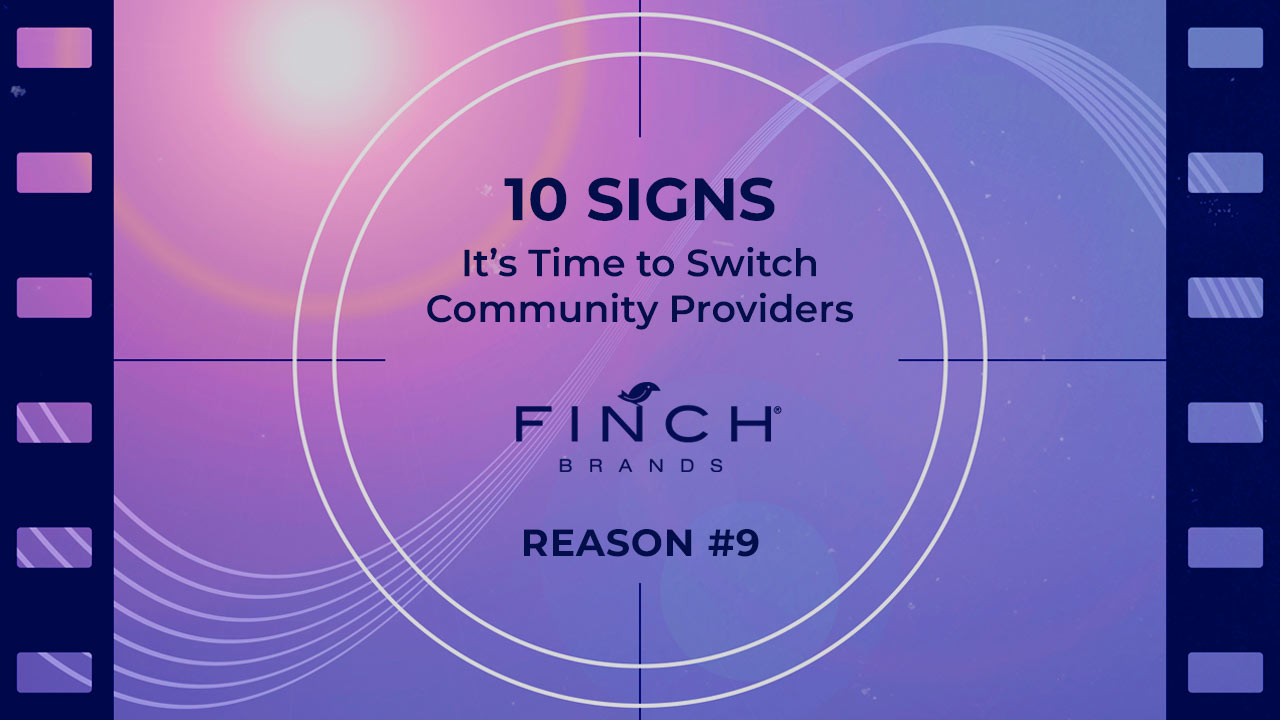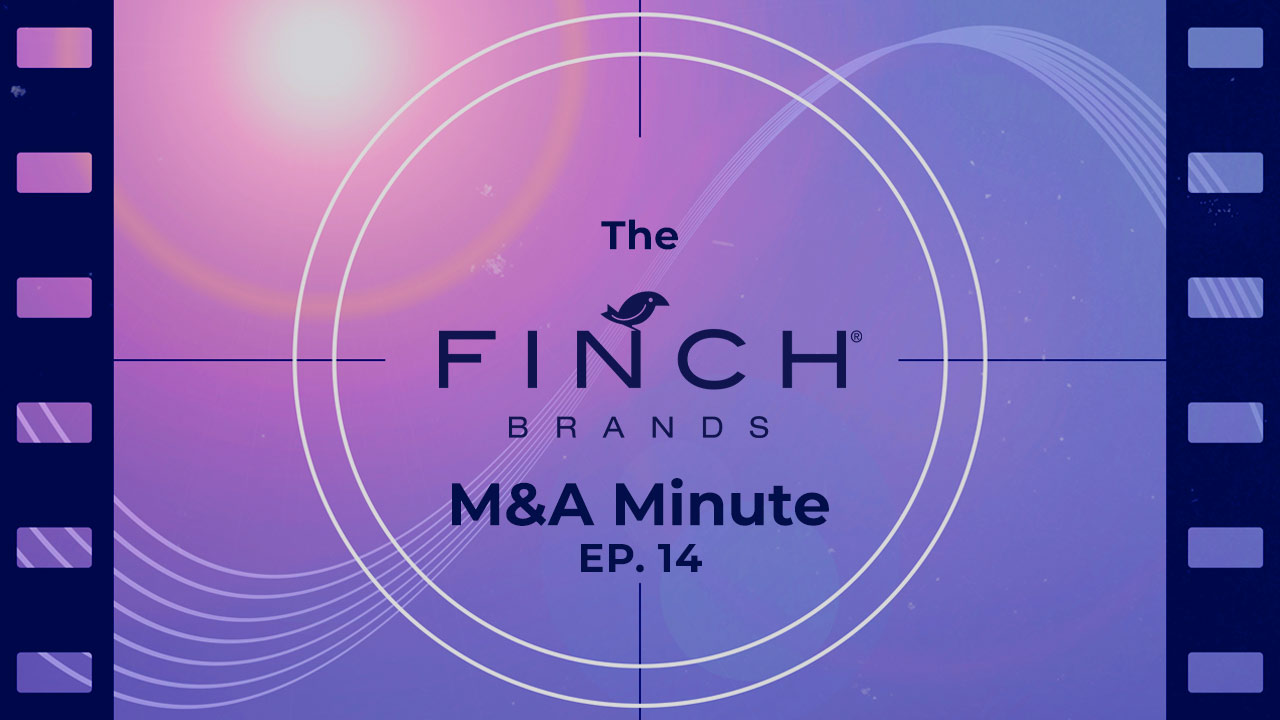What Makes a Great Key Insight?

Insights communities are a critical component to modern marketing research, helping you gain key insights into your target audience and industry. But what key insights can be informed by marketing research? How can the information you pull from these communities help you make wiser business decisions?
Before we can get into the finer details, let’s consider what key insights are in the first place.
What Are Key Insights?
Key insights outline the actionable steps your organization should take based on the findings you discover from your research. They’re declarations that raw data can support, whether quantitative or qualitative.
In market research, key insights often describe the “why” behind your target audience’s motivations. Why do they prefer one product over another? Why do they remain loyal to your brand? Why would they consider looking at other options?
While you may notice several patterns emerge throughout your study, not every pattern should be considered a key insight—key insights are patterns that open a window of perspective into your audience’s psyche.
Key insights often represent overwhelmingly intense responses to specific criteria (i.e., trends that are genuinely significant to your decision-making).
What Is an Example of a Key Insight?
When correctly identified, key insights can inspire a business strategy that truly speaks to your audience. Here’s an example worth considering: the Weight Watchers business model.
Weight Watchers, a pioneer in the diet and lifestyle space, leveraged a key insight in their consumers mindset: people hate failure and fear inflexibility, especially when it comes to dieting. They observed how many of those feelings of failure come from the inflexibility of most diets.
So, Weight Watchers designed a nutrition plan based on points, not foods, allowing patrons to eat what they want and still practice healthy eating habits. The result is a decades-long business model that continues to deliver for its audience—all from a key insight.
How to Draw Key Insights from Your Data
How do you turn your raw data into a decision? It’s a process that benefits from a combination of art and science, requiring you and your team to read into your audience’s motivations. Why might they behave a certain way? What problem do they hope to solve?
In short, key insights require a foundation of curiosity combined with deep listening, analysis, and inference. Oftentimes key insights are unlocked with fresh perspective from outside partners who understand your business but don’t carry some of the same preconceptions or product category orthodoxies that those in your company might accept as fact. Brand consultancies with strong insights capabilities can make great partners in uncovering powerful insights.
Insight Frameworks
It may be helpful to approach your insight formulation process with an insight framework. For example, you might follow this simple statement to guide your insight ideation:
“Our audience [ACTION] because they want [OUTCOME], but is stopped by [RESTRICTION]”
You might think of this as a methodical Mad Lib game. Using your data and observations to fill in the gaps can lead to actionable insights.
We’ll use this example sentence as our guide: “Our audience cooks food because they want to be healthy, but is stopped by their busy schedules.”
Based on that information, your company would want to develop a way to help customers cook food while also saving time. The information may lead you to different product conclusions, such as pre-packaged meal kits, food delivery systems, or automated cooking recommendations. There are many avenues you could take.
What Makes a Great Key Insight?
Be warned: not all insights are created equal. There are clear differences between what makes good insights and great ones.
Great insights don’t just come from how you interpret the data but also from how you collect the data.
One way to ensure your data helps you paint a clear picture is to pull from a diverse sample group with a focus on key segments that matter most. For example, segmenting by the audience’s familiarity with your business. Those heavily invested in your brand may have wildly different takes than those who are just getting started with your products or haven’t tried them at all.
Make Better Decisions with Your Key Insights
How do you access better data for your insights? How do you find a partner who can connect the dots across that data to lead you to bigger ideas and fresh perspectives? With Finch Brands – a real-world brand consultancy. Our insight community solution helps you create an always-on window into the motivations and behaviors of your target audience and gain valuable insights from their direct feedback.
Contact us today to find out how we can help you create higher-quality insights.






